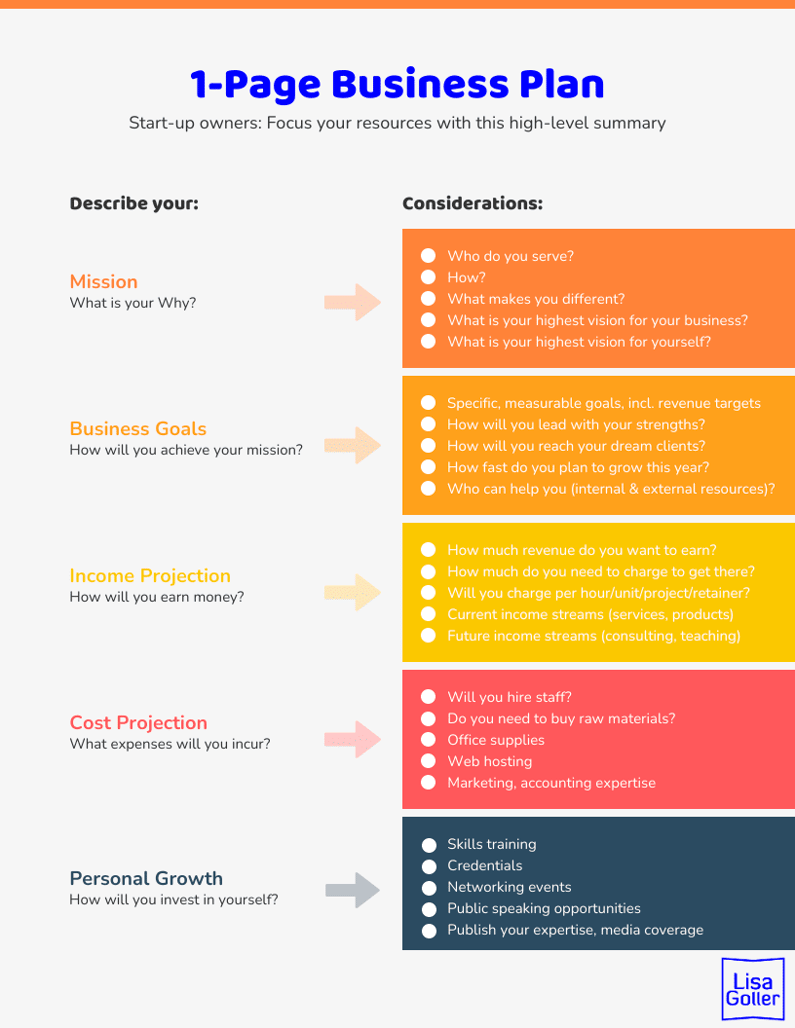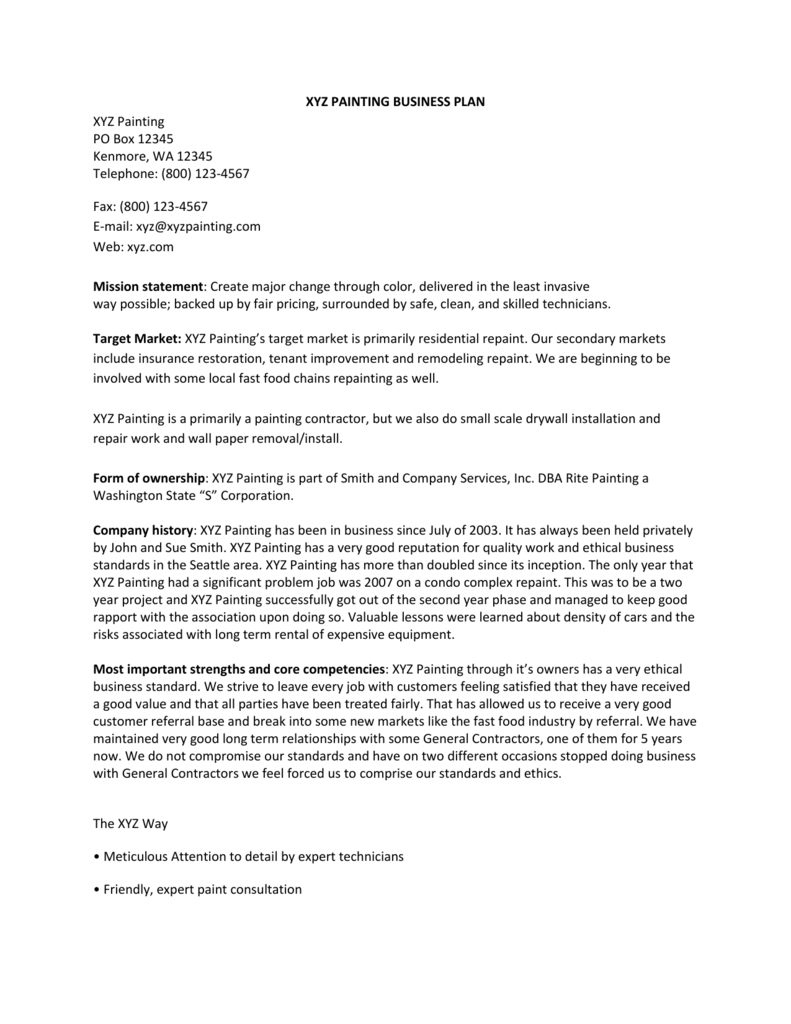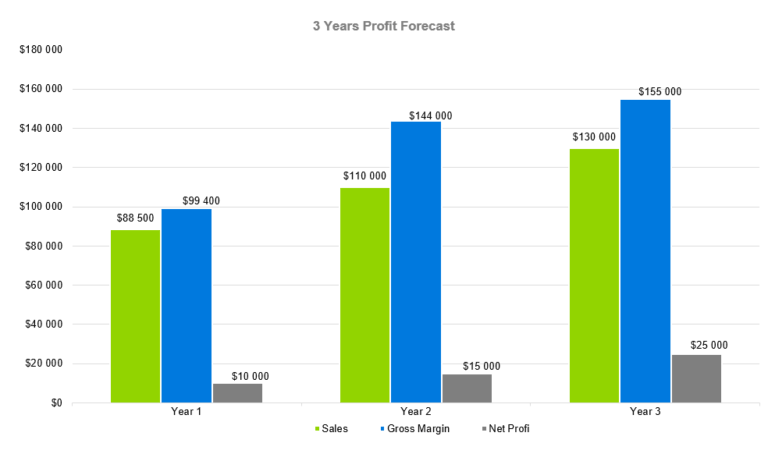How To Build a House Painting Business Plan
If you're ready to monetize your painting expertise, read here to find out how to write a house painting business plan.

Jump To...
Why Having a Well-Thought-Out Business Plan Is Paramount to Success | How to Write a House Painting Business Plan | What's the Best Way To Get Started on a House Painting Business Venture? | Technology That Supports the Needs of New and Growing Businesses
If you're looking to start a business that offers a steady stream of clients, a house painting business might be just the opportunity you've been searching for.
6.1 million homes were sold in the United States in 2021 alone, and while these homes may come in a variety of shapes, sizes, and conditions, they all have one thing in common: they'll eventually need to be repainted. By starting a house painting business, you can tap into a lucrative market that offers plenty of opportunities for growth and success.

Why Having a Well-Thought-Out Business Plan Is Paramount to Success
Starting any business is exciting and fulfilling, but success can be far from guaranteed. According to the Bureau of Labor Statistics, around 20% of small businesses fail within their first year of operation - and the percentages just increase as the years go on.
So before you start buying paint, brushes, and ladders, you’ll want to craft a robust house painting business plan. It’s a sound roadmap that outlines everything about starting your house painting business, from your mission statement and marketing strategy to financial projections and operations plans. Having this will force you to think critically about every aspect of your business and identify both potential challenges and opportunities - all steps that increase your chances of success tenfold.
Who Are You Building a Business Plan For?
While a business plan is typically a tool for you as a business owner, it also serves as a communication tool for people who might be interested in your business, such as potential investors, partners, painting contractors, and potential customers. Each key audience should be considered in your plan:
- Yourself: The plan should outline your goals, strategies, and financial projections so you have a clear plan moving forward.
- Potential Investors and Lenders: If you’re looking for funding, investors will want to see that you have a strong understanding of your market, competition, and financial projections. It should outline your funding needs, how you plan to use the funds, and your expected return on investment (ROI).
- Partners and Employees: Partners and employees will want to know about the company’s goals, strategies, and values so everyone is aligned.
- Customers: Customers don’t usually see a business plan, but it can inform your marketing strategies and how you position your business in the market.
How Detailed Should Your Business Plan Be?
The level of detail your business plan should have depends on the audience. Regardless, you’ll want to find a healthy medium between comprehensive and concise. For example, if the business plan is mainly for guiding your own decision-making, you can hone in on the key aspects of your business and keep it brief, such as the one-page example below.
However, if you plan to use your business plan to secure business funding, it should be more detailed. You’ll likely include more information, such as a detailed description of your company, market analysis, competition analysis, and more. It’s important to demonstrate a thorough business strategy, but keep in mind too much detail can overwhelm readers and make your plan less effective.
How to Write a House Painting Business Plan
 Source: Business Process Incubator
Source: Business Process Incubator
1. Summarize Your Housing Painting Business Plan in the Executive Summary
The executive summary is arguably the most important part of your business plan, as it’s essentially a snapshot of your entire plan. It should be a brief yet compelling overview of your business that highlights your unique selling propositions and key strengths.
Here are some elements you might want to include:
- Business Overview: The business overview should feature your mission statement, business structure (whether a sole proprietorship or limited liability company), and where your business will operate.
- Services Offered: Outline the services you offer, and don’t forget any unique selling propositions that differentiate your business from competitors.
- Market Analysis: Provide an overview of your target market, including demographics, needs, and habits.
- Marketing Strategies: Describe how you plan to reach your target market and promote your business.
- Financial Projections: Summarize your revenue, expenses, and profit margins, as well as highlight any assumptions or risks.
2. Write a Company Description
The company description focuses on a clear and concise overview of the business itself. While the executive summary is a quick glance at your business plan, the company description is all about your business and its operations. Source: StudyLib
Source: StudyLib
There are a couple of elements you should include:
- Contact Information: Contact information should include your company’s name, phone number, address, and email.
- Mission Statement: Your mission statement should explain the purpose and values of your business. Be sure to make it concise and memorable.
- Target Market: Similarly to the market analysis part in the executive summary, you’ll want to describe your target market and their pain points. Here, you could also explain how your services meet their needs and solve their problems.
- Form of Ownership: Indicate whether your business is a sole proprietorship, LLC, or corporation.
- Company History: Provide a brief overview of your company’s history, including when it was founded, how it has evolved over time, and any major milestones and achievements.
- Core Competencies: Outline your company’s strengths and what sets you apart from competitors - is it quality of work, customer service, or specialized expertise?
3. List Your Business Registration Details
Any business plan needs to have business registration details listed. They’re necessary for both legal and financial purposes and help to establish your credibility. Registration details include the following:
- Your official business name
- Your legal structure
- Business registration number
- Tax ID
- Any licenses or permits
- Location of your business
- Owners and key members of your management team
- Insurance policies - liability insurance or workers’ compensation insurance
4. Outline Which Business Goals You Want To Track
When you start a house painting business, or any business for that matter, you’ll need to pick specific goals to measure and track to monitor your progress. Going in blind without any goals can easily lead to failure, and realistic goals are what will help you thrive. Here are some business goals that may be relevant to a house painting business:
- Revenue: Tracking the total amount of money your business generates can work to identify trends and inform pricing, marketing, and other aspects of the business.
- Profit Margin: Keeping track of the profit you make on each painting job as a percentage of revenue may help you identify opportunities to increase efficiency and reduce costs.
- Customer Satisfaction: To track customer satisfaction, you can ask for feedback after each job and use that feedback to make improvements to your service.
- Employee Productivity: Metrics including the number of jobs completed per day or the amount of time it takes to complete a job can demonstrate the business’s efficiency and productivity.
- Marketing Effectiveness: Marketing is essential for attracting new customers and growing your business. You can measure the effectiveness of your marketing efforts by looking at metrics such as website traffic, conversion rates, and leads generated.
5. Brainstorm the Professional Painting Services That You Want To Offer

Brainstorming what specific painting services you want to offer should always take a customer-centric approach. While there are a variety of painting services you can offer, such as exterior and interior painting, color consulting, and wallpaper removal, you’ll want to narrow down your offerings to align with your ideal customers.
6. Analyze Your Target Market and Other House Painter Competitors
A good way to tailor your services would be to conduct market research to understand what your target market is looking for. Are they interested in eco-friendly or low-VOC paints? Do they prefer a certain type of painting technique or finish? Focus on delivering high-quality, differentiated services that meet your target market where they are.
To create a detailed profile of your potential customers, define their demographic and psychographic characteristics. This could be age, income, location, and lifestyle, as well as their preference when it comes to quality and affordability.
Next, research your competitors to understand their strengths and weaknesses. Look at factors like services offered, customer reviews, pricing, and marketing strategies to see where you can set yourself apart.
7. Devise a Marketing Strategy To Attract and Entice Homeowners
Homeowners want to feel confident that they’re hiring a trustworthy and reliable company to paint their homes. One effective strategy is to create a strong online presence, including a professional website and active social media accounts that showcase your work and provide testimonials from satisfied customers.
Offering free consultations and providing detailed, written estimates can also help build trust with potential customers. In addition, offering a satisfaction guarantee and providing warranties on your work can help reassure homeowners that they are making a wise investment in their home.
You could even offer special promotions or discounts for first-time customers and provide referral incentives for customers who refer new business to you.
8. Describe All Aspects of Your House Painting Business' Operations
Business operations can include a range of activities, such as marketing and advertising, customer acquisition, project management, and financial management. Going into detail about each aspect will put into perspective whether you need to make any necessary adjustments before you launch your business.
These detailed descriptions also help ensure everyone in your organization is aligned and working toward the same objectives. Your professional painters will know exactly what is expected of them and what role they play in the success of the business.
9. Draw Up a Financial Plan for Your House Painting Business
Without a clear understanding of your finances, it can be difficult to decide where to take pricing, expenses, and investments in your business. A financial plan is key to your business’s financial health and long-term success.
Startup Costs
Your financial plan should start by considering your startup costs. These are the costs associated with launching your business, such as marketing your services, purchasing equipment like paint and brushes, and liability insurance. This will give you a clearer picture of how much money you’ll need to launch your business. Source: Scalebloom
Source: Scalebloom
A poll has shown that most painting businesses spent less than $500 to start their business, which is great news for those who are on a tight budget.
Overhead Expenses
Overhead expenses are ongoing expenses needed to run your business, such as rent, utilities, insurance, and painting equipment that need to be regularly stocked up. These expenses can add up quickly, so you need to accurately account for them and include them in your financial projections.
Capital
While startup costs are usually one-time expenses incurred at the beginning of your business, and overhead expenses are ongoing costs, capital needs are ongoing investments required to sustain and grow your business.
Financial Projections

Source: OGS Capital
Outline your expected capital requirements over the next few years, including any startup costs, equipment purchases, and working capital needs. It should also include financial projections like revenue, expenses, and profit margins.
10. Establish Your Online Presence to Attract Customers
To attract customers online, you’ll need to invest in a website, social media marketing, search engine optimization, and other digital marketing strategies. With 87% of shoppers beginning their search on digital channels - you can’t afford to miss out on this opportunity.
Your business will need a professional website that showcases your services, testimonials from satisfied customers, and a Google Business page to boost your search engine rankings. As well, it pays off to be active on social media platforms including Facebook, Instagram, Twitter, and TikTok.
What's the Best Way To Get Started on a House Painting Business Venture?
The best way to start a successful painting business, as discussed, is to craft a solid business plan. Conduct market research to identify your target market and competitors, and develop a marketing plan to promote your business. Obtain the necessary licenses and permits, and invest in quality equipment and supplies.
Build a team of skilled and reliable painters, and establish clear policies and procedures for delivering high-quality work and excellent customer service. And, of course, stay focused on achieving your business goals while remaining adaptable and flexible to the changing market.
Technology That Supports the Needs of New and Growing Businesses
And you won’t have to start your painting business on your own. There are several technology solutions that can support your new business. One example is project management software, which can help streamline communication and collaboration between your painting contractors, track projects, and manage budgets and expenses.
There’s customer relationship management software to manage leads, track customer interactions, and automate marketing campaigns. When it comes to cash flow, cloud-based accounting software will help your business track expenses and generate invoices. Leveraging these fantastic technology solutions will ultimately grow your business and make life as a business owner that much easier.
%20(1)%20(1).png?width=340&name=Group%2012%20(2)%20(1)%20(1).png)



